Isn’t there something indescribably sweet about the rumpled hair of a sleeping child?
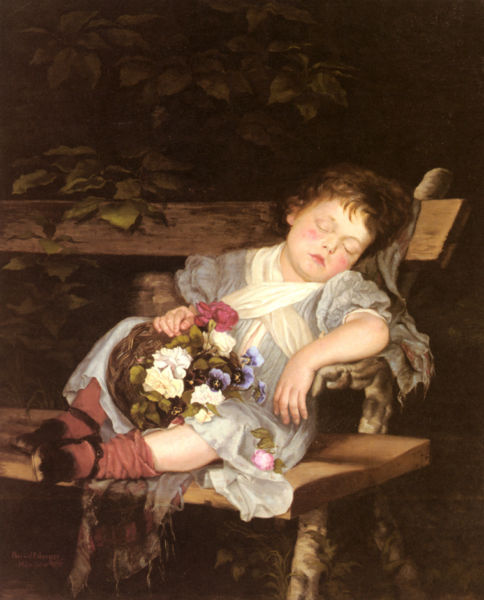
Sweet Dreams by Marianne Stokes, 1875, via Wikimedia Commons
In days of old, mothers (and, no doubt, grandmothers) attributed a bit of magic to the tousled tresses of sleepy little girls.

Sleeping Girl on a Wooden Bench by Albert Anker (1831-1910) via Wikimedia Commons
What might have been poo-pooed as the work of pesky pillows was instead fancied as the work of fairies, who were said to visit during slumber to tease and tangle the tresses …

Thus Your Fairy is Made of Most Beautiful Things by Sophie Gengembre Anderson via Wikimedia Commons
Hence, the term “fairy locks” or “elf locks,” referring to locks of hair tangled as if by sprites.
“Fairies, they say, tangled and knotted the hairs of the sleeping children as they played in and out of their hair at night,” tells A Child’s Book of Faeries by Tonya Robin Batt.
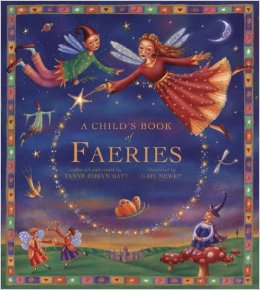
If only they weren’t so hard to comb smooth once again!
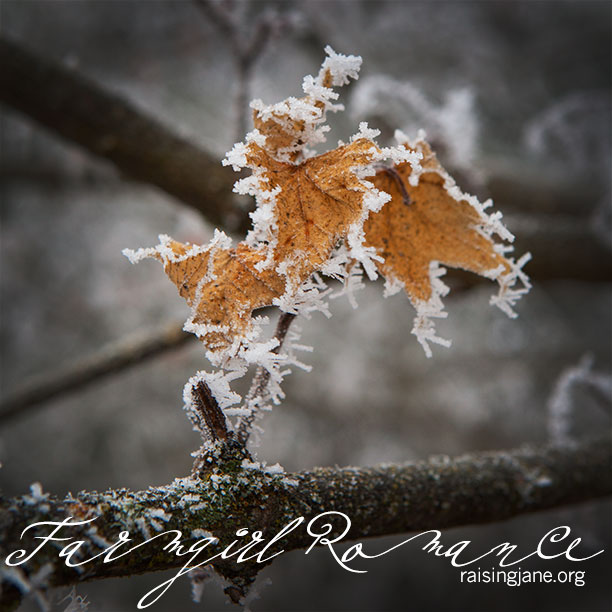















































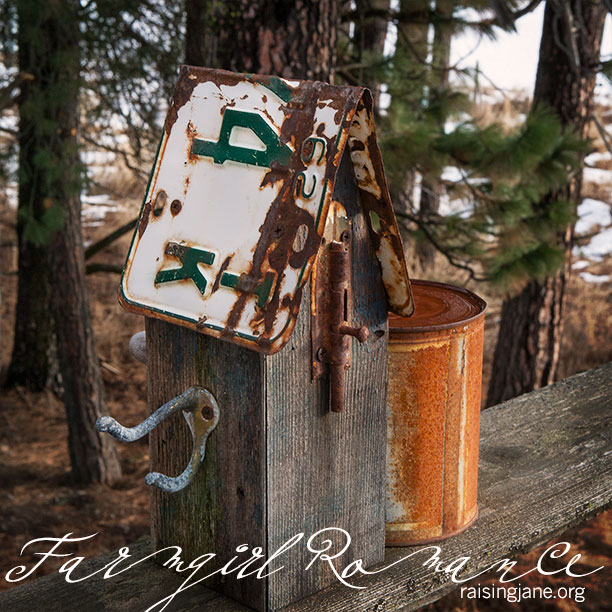
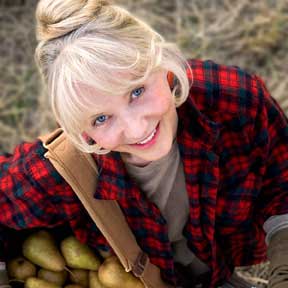









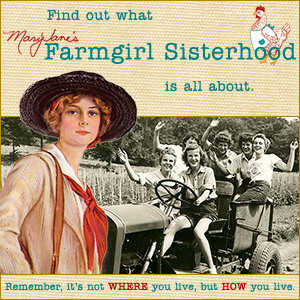

More incredible artistry! I am so intrigued at the length of the crystals. How do they form?? I am going to dig around google today and see if I can find the answer!